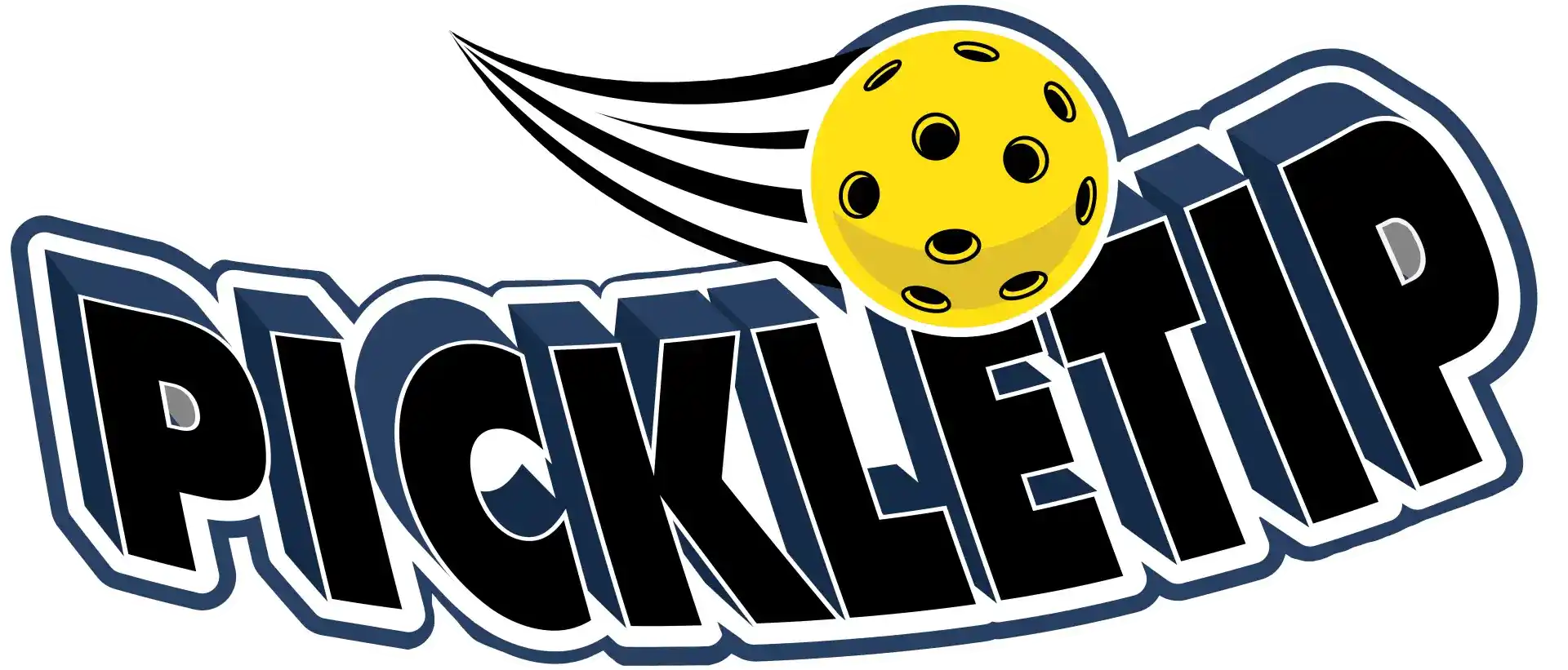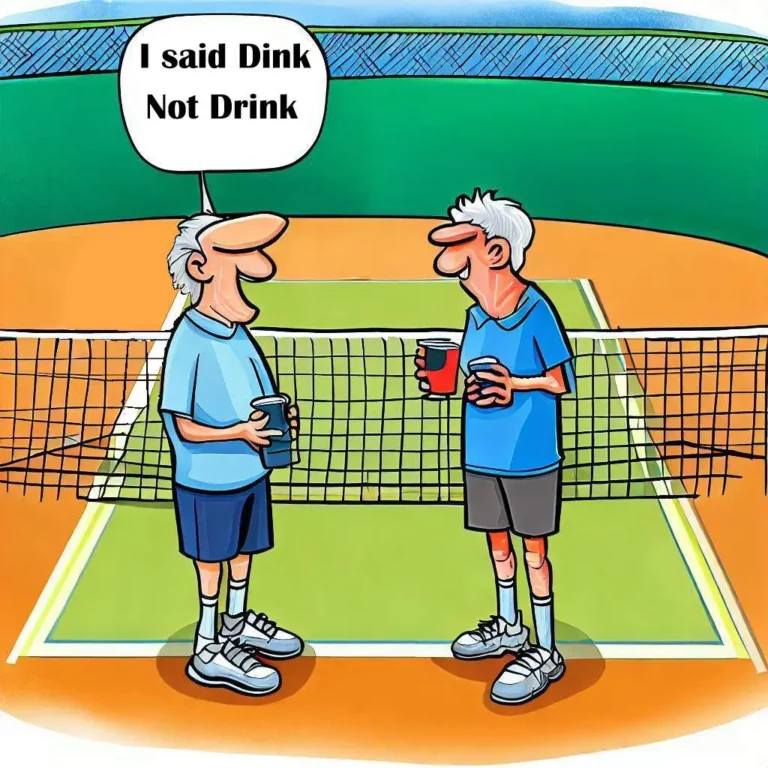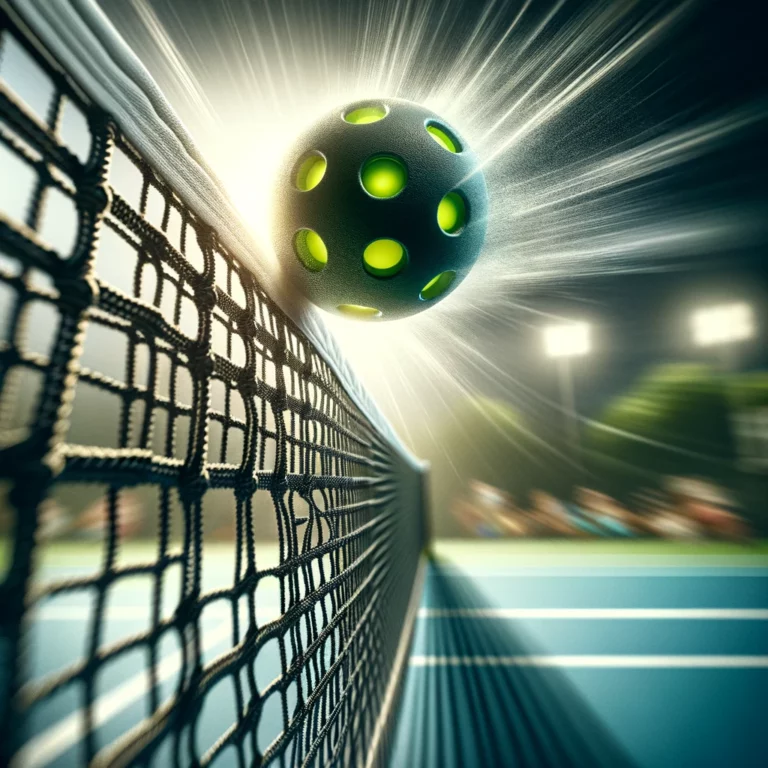Unleashing the Power of the Serve in Pickleball
The Secret to Dominating the Game
As players of the rapidly growing sport of pickleball, we often spend countless hours perfecting our groundstrokes, volleys, and dinks. However, the serve – the shot that initiates every point – often gets sidelined in this journey of skill enhancement. Not only does the serve kick-start every rally, but it also sets the tone for the game and holds strategic potential often overlooked by both novice and seasoned players. This comprehensive guide aims to shed light on the importance of the serve in pickleball, explaining why it’s not just a rule-compliant way to start a point, but a tactical weapon that can control the game.
The Integral Role of the Pickleball Serve in Scoring
Pickleball’s scoring rules dictate that only the serving team can score points. Thus, every serve is an opportunity to either take or extend the lead in the game. Recognizing this is the first step in leveraging your serve as a tactical tool. Implementing diverse serving techniques – power serves, spin serves, lob serves, or even a well-aimed serve targeting the opponent’s weaker side – can throw opponents off balance, giving you the upper hand right from the start.
Setting Up Tactical Play: Third Shot and Volleys
The serve doesn’t just set up the game; it also sets up strategic play. A well-placed serve, such as a kitchen corner serve, forces your opponents out of position, yielding weaker returns and setting up the ideal scenario for a decisive third shot. Similarly, a cleverly executed lob serve forces the opponent to move back, disrupting their rhythm and positioning you for an aggressive follow-up shot. This gameplan underscores the fact that a good serve is not an end in itself, but a means to a strategic end – a dominating third shot or a volley.
Mastering Different Types of Serves
The Power Serve, The Spin Serve, The Lob Serve – these are all different types of serves that can be used strategically in a pickleball game. Each of them requires skill and practice, but when executed correctly, can significantly increase your chances of dominating the game.
Exploiting Opponent Weaknesses
A variety of serves in your arsenal not only keeps your opponent guessing, but it also gives you the ability to exploit their weaknesses. For instance, a well-directed power serve could exploit a known weak backhand, or a spin serve could be used against an opponent not well-versed with spin returns. The more you understand your opponent’s gameplay, the more effectively you can use your serve as a strategic weapon.
Consistency: The Key to a Good Serve
While having a variety of serves is crucial, the importance of consistency in serving cannot be overstated. A serve that doesn’t land in the correct service box is a fault, giving your opponent a service advantage. Thus, practicing until your serve becomes second nature is crucial. You must strive for a high percentage of successful serves, with the right amount of power, precision, and unpredictability. This balance may take time to achieve, but it is key to gaining an upper hand in the game.
Serve Deception: Keeping Your Opponent Guessing
Adding an element of surprise to your serves can go a long way in disrupting your opponent’s game plan. Mixing up your serve types, altering the speed and spin, and varying the direction can keep your opponents on their toes. It’s important to avoid becoming too predictable with your serves, as skilled opponents can take advantage of this to return aggressively or set themselves up favorably for the next shot.
Impact on Opponent’s Psychology
Having a strong and diverse serve can play a critical role in shaping the mental game. An opponent who faces a tough server may feel pressured, causing them to make mistakes, or be put on the defensive from the start of the point. Hence, a well-practiced serve can establish psychological dominance over an opponent.
Self-Confidence
A well-executed serve can significantly boost a player’s self-confidence. As the only shot in pickleball that you have complete control over, nailing the serve can lead to a surge in self-belief, improving overall performance.
Physical Fitness and Technique
The serve is a complex motor skill that requires a synergy of multiple muscle groups and joint actions. Regularly practicing your serve can help improve upper body strength, balance, and overall coordination. It’s not just about hitting the ball, it’s about executing the correct biomechanics which contribute to a healthier and fitter body.
Role of Serve in Doubles Play
While singles play allows for more target options, doubles play requires more strategic placement due to the two-bounce rule. A well-practiced serve can disrupt the rhythm of the receiving pair, creating openings for the server’s partner to exploit.
Importance of Adaptability
Conditions change – whether it’s the weather, court surface, or ball type. Practicing different types of serves can help a player become more adaptable, enabling them to modify their serve to suit varying conditions.
Power of the Serve in Pickleball
While pickleball is a multifaceted game that requires a combination of different skills, mastering the serve can greatly enhance your gameplay. A powerful, precise, and unpredictable serve not only provides a scoring opportunity, but also sets the tone for the rest of the point. By understanding the strategic potential of the serve and by tirelessly practicing different serve types, you can transform this often-overlooked shot into a game-changer. Remember, consistency is king, but adding variety and an element of surprise can make you a formidable opponent on the pickleball court.








3 Comments